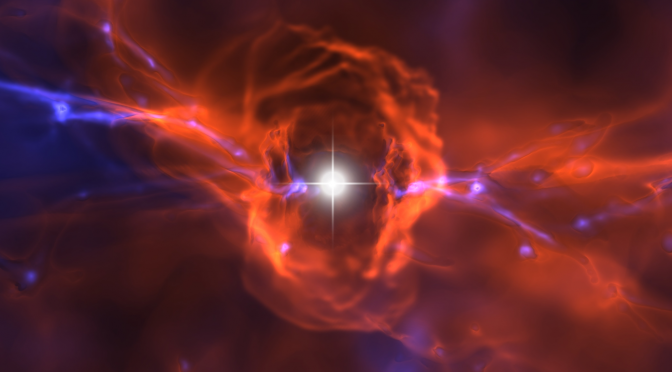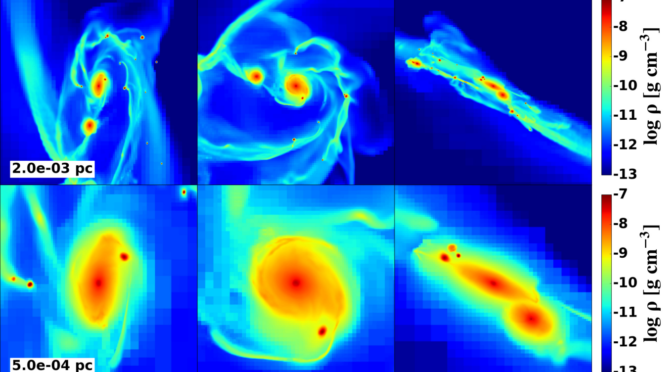Newly Minted PhD: Qi Ge
Today, Qi Ge successfully defended his thesis, "On the Effect of Lyman Alpha Trapping during the Initial Collapse of Massive Black Hole Seeds". You can find most of his results in this paper. He'll be starting as a software research scientist at a Chinese startup that specializes in self-driving cars. In particular, he'll … Continue Reading ››

